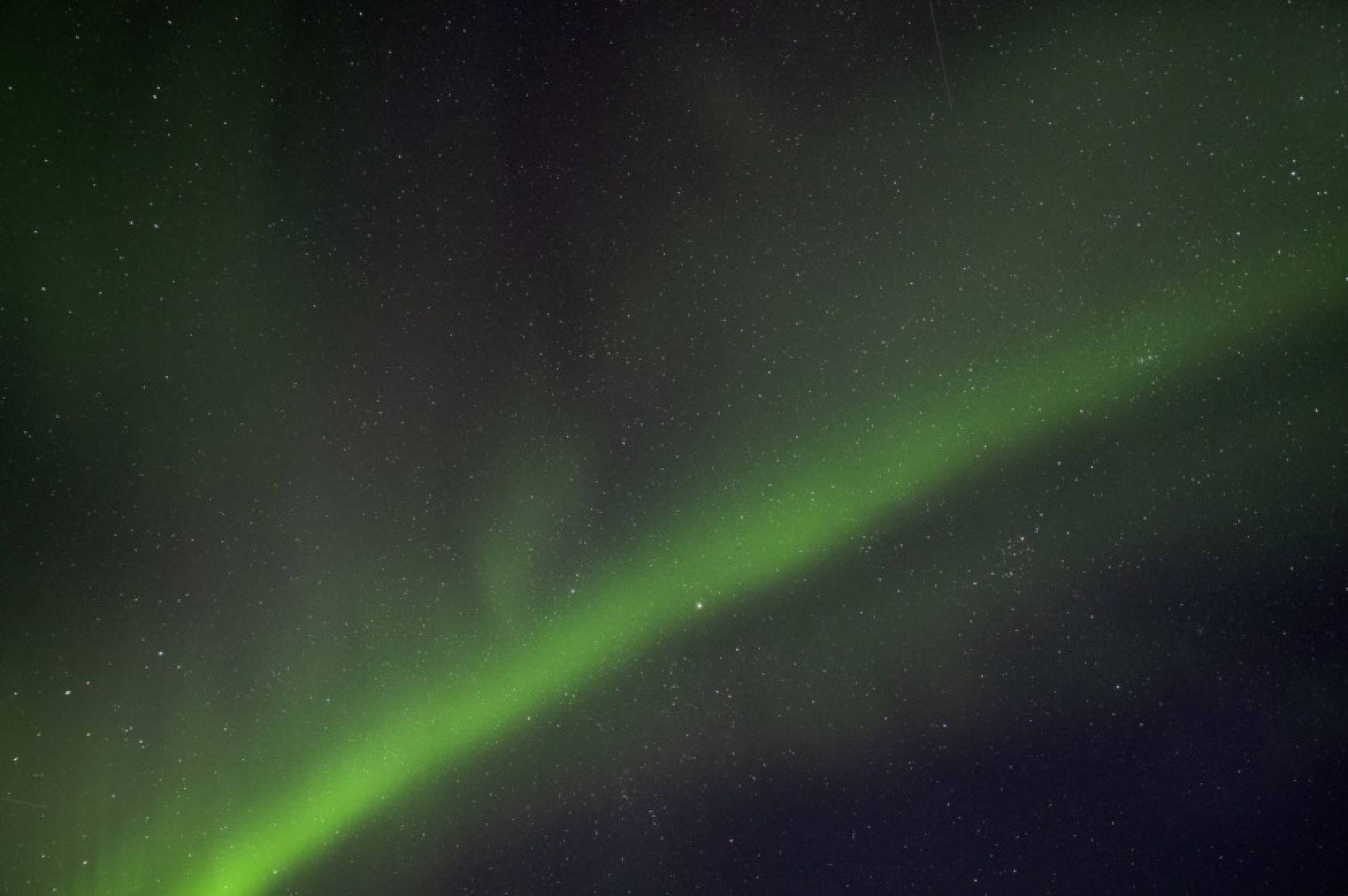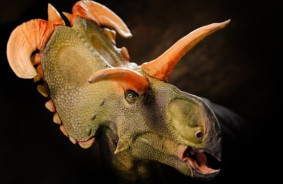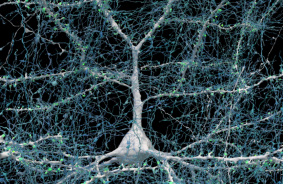Studying the data collected by the James Webb Space Telescope, astronomers have detected methane emissions coming from a brown dwarf, or "failed star" - previously it was believed that these worlds were not warm enough for this phenomenon.
"The presence of methane on gas giants and brown dwarfs is not unusual, but it usually does not shine," says Jackie Faherty, head of the group and senior education manager at the American Museum of Natural History.
Brown dwarfs are called failures because despite forming from collapsing gas and dust clouds like stars, they do not have enough mass to initiate the process of hydrogen fusion into helium in their cores.
Faherty and colleagues observed a total of 12 brown dwarfs and only one of them - W1935, located 47 million light-years from Earth - emitted methane. Further modeling showed that it also has a so-called "temperature inversion" - a phenomenon in which the planet's atmosphere becomes colder at deeper levels. It is usually observed on planets orbiting stars that heat their atmosphere from top to bottom, but for W1935 this is quite unexpected - it is isolated and has no external heat source.
"We were pleasantly shocked when the model clearly predicted the temperature inversion," said team member and scientist from the University of Hertfordshire, Ben Burningham. "But we also needed to figure out where the extra heat in the upper atmosphere comes from."
To unravel this mystery, the team studied the gas giants of the Solar System - Jupiter and Saturn. Both emit methane, have atmospheres that demonstrate temperature inversion, and their own polar auroras.
The main driver for this phenomenon is the solar wind - a stream of charged particles from the Sun. W1935 does not have such "privileges" - therefore researchers assume the presence of a hidden active moon near the dwarf.
The study was published on April 17 in the journal Nature.
Source: livescience













Comments (0)
There are no comments for now